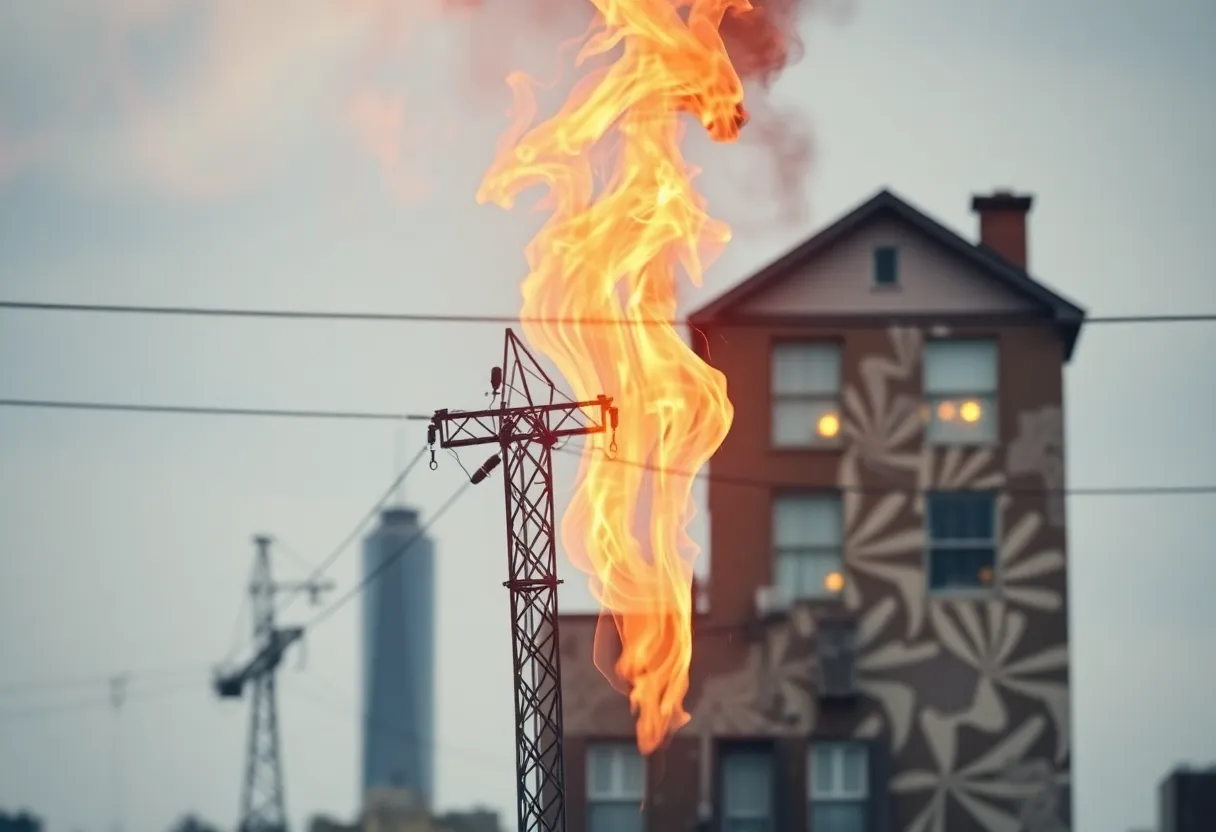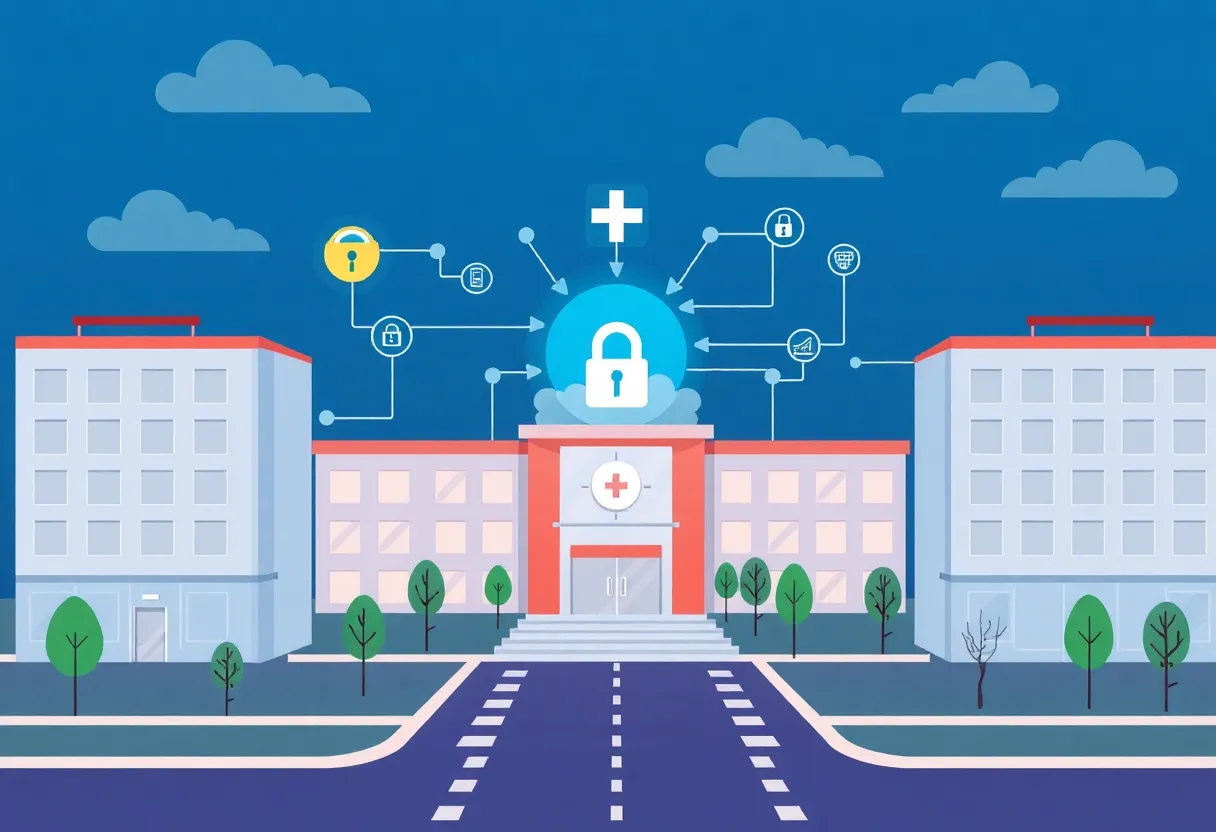News Summary
New York’s Enhanced Energy Affordability Policy is drawing criticism as rising utility costs affect residents, particularly those above the median income of $80,000. While the program aims to provide energy bill relief to low-income households, many middle-class residents are experiencing increased costs. Advocacy groups are pushing for state funding to alleviate the burden on higher earners and provide comprehensive solutions to the ongoing energy affordability crisis, as utility rates are projected to rise significantly over the next two years.
New York Policy Faces Criticism Amid Rising Utility Costs
New York State’s Enhanced Energy Affordability Policy is under fire as rising utility costs have started to impact residents, particularly those earning above the state median income of $80,000. The program, which is designed to offer energy bill discounts for low-income households, has led to increased bills for higher earners, raising questions about the policy’s sustainability and fairness.
The program aims to support households earning below the median income level by providing financial relief on energy bills. However, the cost of implementing these discounts is being primarily borne by those with income above this threshold, resulting in higher utility costs for many middle-class residents. As utility bills climb, some residents are expressing frustration and uncertainty about when relief will be forthcoming.
Impact on Residents and Advocates
Retired individuals, such as homeowners in Syracuse, have voiced concerns regarding the increasing energy costs and are questioning if and when they will see any form of financial assistance. This sentiment is echoed by consumer advocacy groups and organizations like AARP, which support the program for low-income households but criticize the fact that funding is largely sourced from higher-rate-paying residents. They advocate for state funding contributions to alleviate the burden on these ratepayers.
The New York Public Service Commission (PSC) has recently expanded the eligibility for energy bill discounts, potentially adding as many as 1.6 million additional households to the program. Despite this expansion, critics argue that without necessary state funding, the financial strain on ratepayers will only intensify. The implementation of a proposed 6% cap on utility bills for certain residents could offer some relief, but many believe systemic changes are needed to address the overarching energy affordability crisis.
Rising Utility Costs
Current projections indicate significant increases in utility rates over the next two years, with average monthly bills expected to rise by $22. Additionally, electricity rates are anticipated to increase by 20%, while gas prices may rise by as much as 27%. These changes come at a time when nearly 225,000 customers are reported to be at least two months behind on their utility payments, accumulating an average debt of $1,600 each.
Advocacy groups assert that reliance on utility rates for funding such programs is unsustainable and call for more comprehensive solutions to address the escalating energy affordability issues confronting New Yorkers. The debate continues as to whether these adjustments can effectively balance the needs of low-income households with those of higher-income residents who are increasingly feeling the pressure of rising utility costs.
Next Steps for Implementation
National Grid, the utility provider, is currently in the process of understanding and implementing the PSC’s recent directive regarding the Enhanced Energy Affordability Policy. A spokesperson emphasized that the company is assessing the implications of the order for effective execution. However, many residents are left waiting in uncertainty as the state determines household eligibility, a process expected to take approximately six months.
As the energy affordability crisis looms, some residents, including retirees facing considerable strain from rising utility bills, are contemplating relocation to states with lower costs of living. Meanwhile, organizations continue to call for action, urging the state to provide systemic solutions that do not place the entire financial burden on utility ratepayers.
In summary, New York’s Enhanced Energy Affordability Policy intends to mitigate energy costs for lower-income households. However, the backlash from residents facing increased bills illustrates the ongoing challenge of balancing assistance with fairness and sustainability amidst rising energy prices.
Deeper Dive: News & Info About This Topic

Author: STAFF HERE NEW YORK WRITER
The NEW YORK STAFF WRITER represents the experienced team at HERENewYork.com, your go-to source for actionable local news and information in New York, the five boroughs, and beyond. Specializing in "news you can use," we cover essential topics like product reviews for personal and business needs, local business directories, politics, real estate trends, neighborhood insights, and state news affecting the area—with deep expertise drawn from years of dedicated reporting and strong community input, including local press releases and business updates. We deliver top reporting on high-value events such as New York Fashion Week, Macy's Thanksgiving Day Parade, and Tribeca Film Festival. Our coverage extends to key organizations like the Greater New York Chamber of Commerce and United Way of New York, plus leading businesses in finance and media that power the local economy such as JPMorgan Chase, Goldman Sachs, and Bloomberg. As part of the broader HERE network, including HEREBuffalo.com, we provide comprehensive, credible insights into New York's dynamic landscape.





